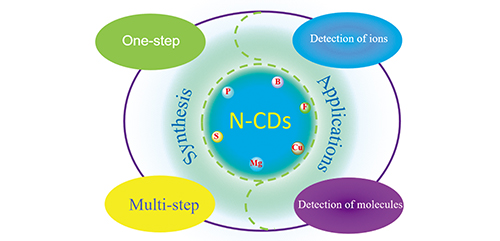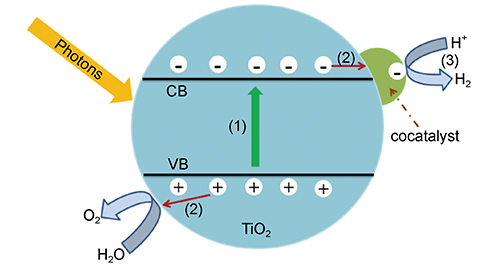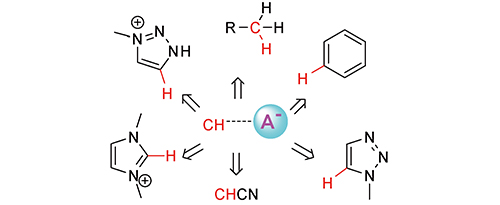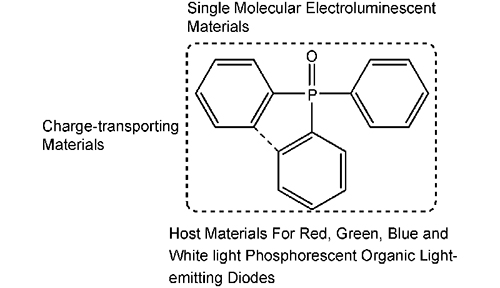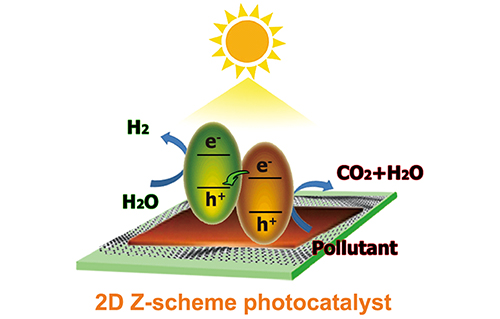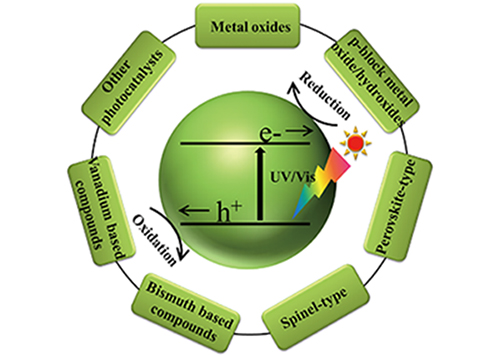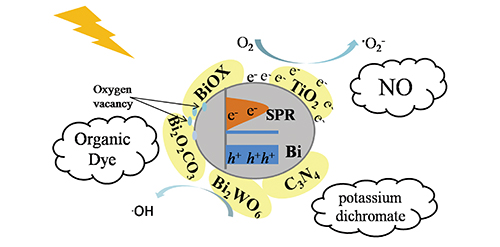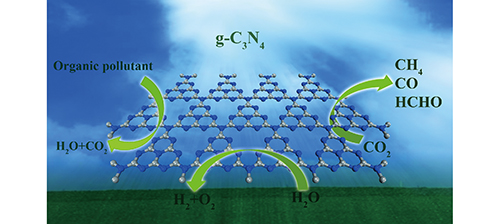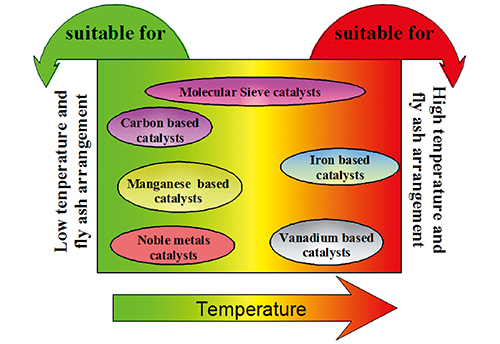Energy shortage and environmental deterioration are the difficult problems now confronting us in the development of human society. As one of the best and new type energy which is clean, renewable and zero-pollution, solar energy is the best choice to achieve sustainable development, because it is an inexhaustible energy source. The issue that semiconductor photocatalysis can use solar light directly to conduct the photocatalytic reaction has aroused widely public concern. As a kind of low cost and non-metal photocatalyst, graphitic carbon nitride (g-C
3N
4) shows great application prospects in decomposition of water into hydrogen and oxygen, photocatalytic degradation of organic pollutants, carbon dioxide reduction, antibacterial, selective conversion of organic functional groups, as well as other fields, for its unique electronic band structure, thermal and chemical stability. But at present, g-C
3N
4 photocatalyst still exists some problems such as small specific surface area, low visible light utilization rate, low light quantum yield, and easy recombination of photo-generated carriers which restrict its application in the field of photocatalysis. Therefore, it has become a key subject in the field of photocatalytic research to improve the photocatalytic activity of g-C
3N
4. The first principles have the incomparable advantages over semi empirical method, which have become an important basis for the calculation and simulation in the field of photocatalytic research. The wide application of first principles based on density functional theory in the field of photocatalysis provides a clear research means to explore the method to improve the photocatalytic activity of g-C
3N
4 effectively and quickly. In this review, some important research progress in g-C
3N
4 modification in recent years is reviewed from the theoretical point of view, including element doping modification, composite modification, morphology control modification and other means of modification. The microscopic mechanism of improved photocatalytic activity of g-C
3N
4 modified photocatalyst is studied, from the point of view of electronic properties, band structure, optical properties and defect formation energy. Finally, on the basis of summarizing various of the modification research mentioned above, the future development trend of g-C
3N
4 modified photocatalyst is discussed.
Contents
1 Introduction
2 Molecular model and band structure of g-C3N4
2.1 Molecular model of g-C3N4
2.2 Band structure of g-C3N4
3 Modification research of g-C3N4
3.1 Doping modification
3.2 Composite modification
3.3 Morphology control modification
3.4 Other modification research
4 Conclusion









